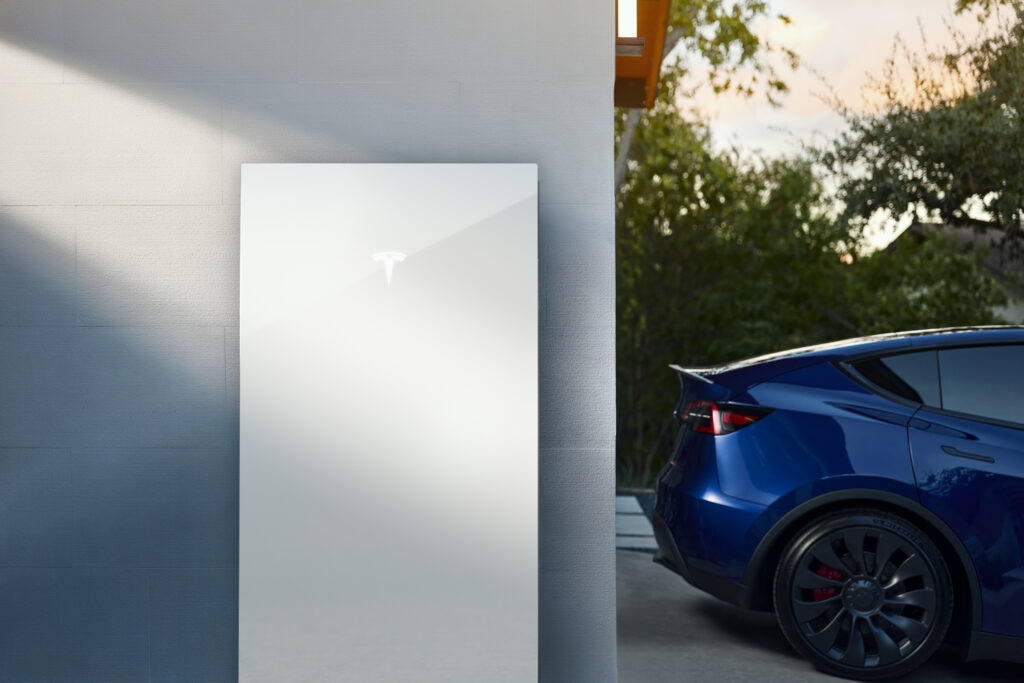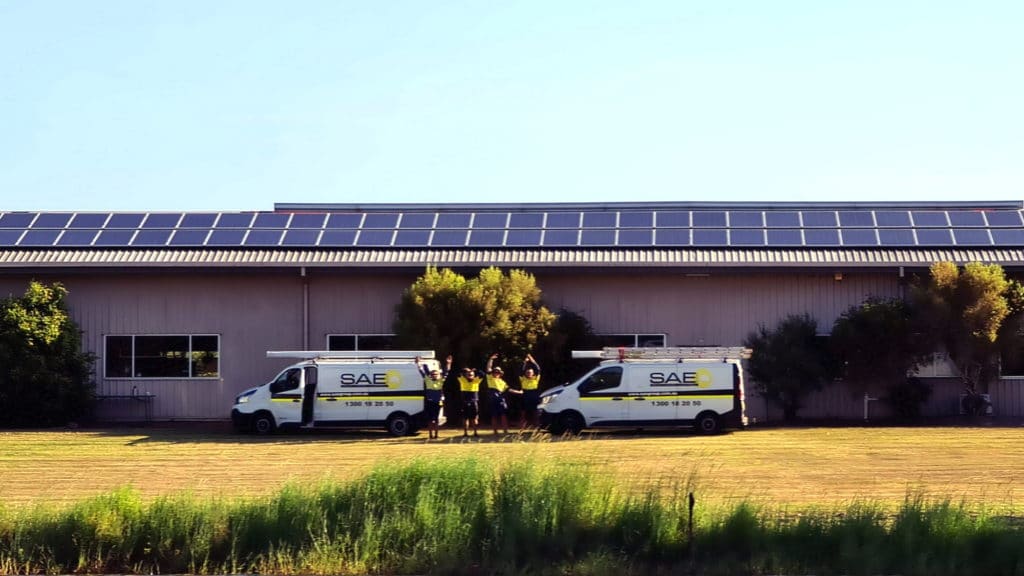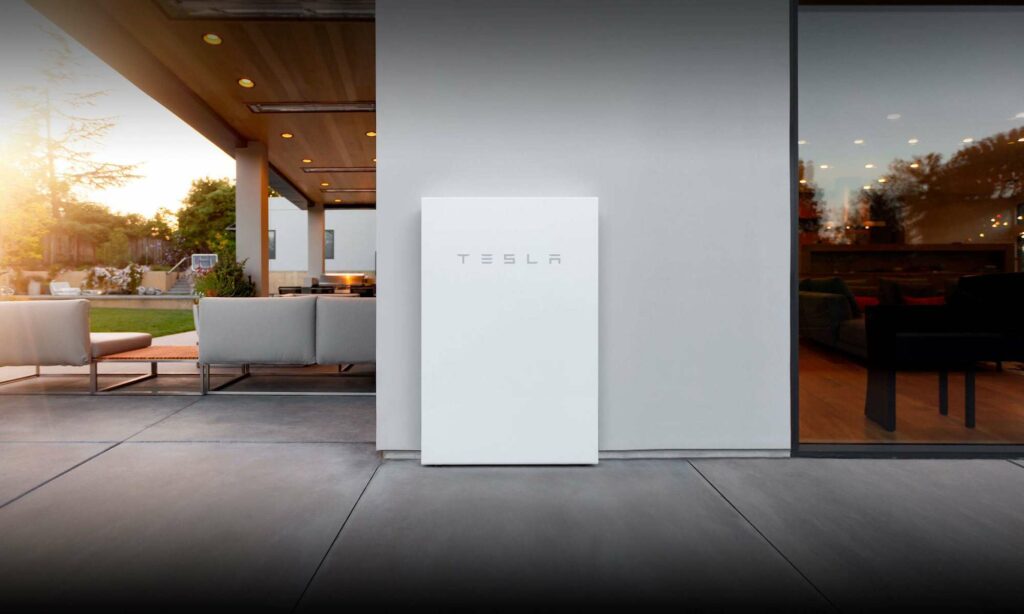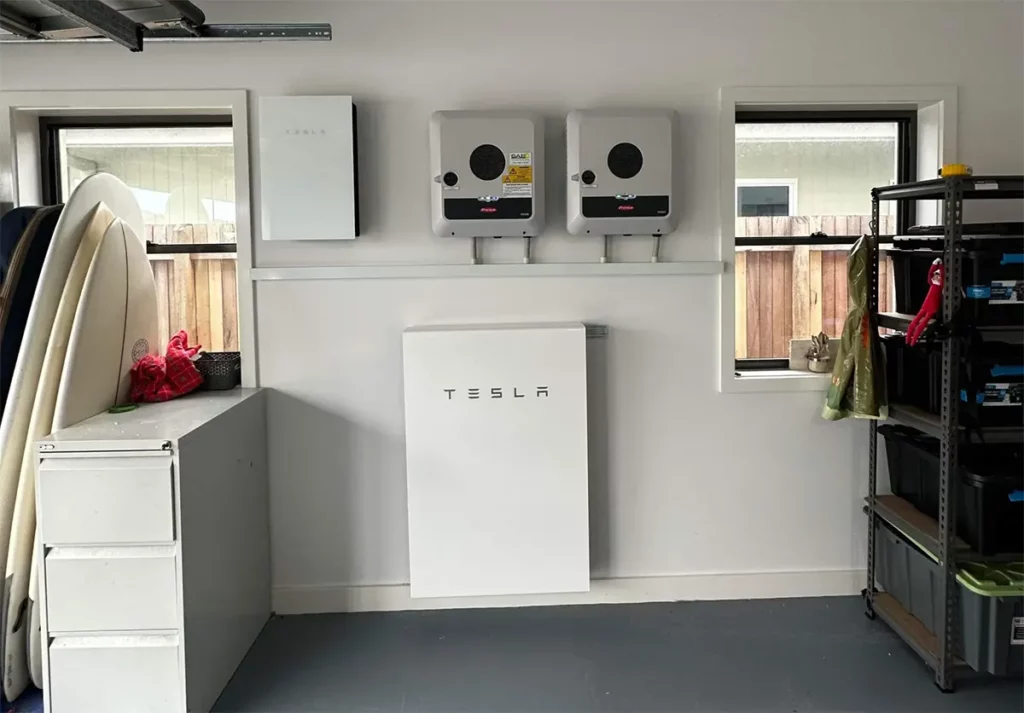Energex Prices Set to Rise Again 1st August
Home » Energex Prices Set to Rise Again 1st August
Energex to Start Charging for Meter Installs Starting 1 August 2015
Effectively, Energex and other power suppliers have gone to war on Solar by hitting Queenslander’s hip pockets. Energex prices are set to rise again on August 1st 2015. Solar reduces power bills by more than 50 percent. This is a major one reason why there are over 1.4 million homes with solar power around Australia. Of course, with electricity demand falling (largely due to the popularity of rooftop solar), power companies are using the fixed cost components of their billing systems to help cover their own costs.
The biggest component of power bills today are the network charges, the poles and wires, etc. These charges amount to as much as 60 percent of the average household electricity bill. Here at SAE we believe Australians should be charged for the electricity they use, not the inflated, gold-plated prices electricity companies charge.
“Over the past five years, the fixed charges for electricity have more than doubled and the fixed charge for gas has gone up over 60 percent,”
said Gavin Dufty, a spokesperson for St Vincent de Paul.
St Vincent de Paul commissioned an electricity pricing study based on cost of living pressures. One fixed tariff, he said, had been noted at $2 per day for electricity. The QCA, (Queensland Competition Authority) and the state government has long been accused of acting only to protect the interests of the network operators and retailers, and to boost the dividends paid to the government.
A federal Senate Inquiry into the pricing practices of Australia’s major power networks is set to hear “overwhelming” evidence that the nation’s big electricity companies have been discriminating against households with rooftop solar. ENERGEX, who controls the electricity for South-East Queensland, has stated they plan to claw almost $470 million from consumers for electricity they never used.
Part of this includes charging for changes to meter installs from 1 August 2015. Current Energex information suggests that it will start from a minimum $270.00. After some thorough research we have discovered the following increases will become effective:
All analogue meters must be replaced when solar is installed.
- One-phase meter install cost will be approximately $360.
- Three-phase meter install cost will be approximately $620.
- CT Metering will be approximately $1,800.
- If not a re-programmable digital meter then it has to be replaced as per prices at items 2 – 4 above.
- Billing is through the retailer so either Origin, AGL, Click or Power Direct etc., will be collecting the fees on behalf of Energex.
According to the QCA website “Metering costs are no longer expected to be part of the regulated prices set by the QCA in 2015–16. These costs are expected to be recovered by retailers through a new charge set by the Australian Energy Regulator (expected to be around $43 per year for tariff 11 and $13 per year for each of tariffs 31 and 33). This means lower use customers will see higher percentage increases in their bills. In contrast, higher use customers will likely see their annual bills decrease.” The daily fixed charge for tariff 11 (the most commonly used residential tariff) will increase by 24 cents to $1.07 per day.
With prices no longer regulated and Energex documents revealing that the company plans to “recover” $469.8 million over the next two years, this amount will be tagged on to future prices. This figure reflects the shortfall compared with what the Australian Energy Regulator allows them to recover. A new revenue cap is only set every five years. It means householders pay for power, they do not actually use, with the energy distributors able to reap revenue based on forecast demand rather than actual demand.
Nearly three in every 10 households in south-east Queensland now has rooftop solar PV, amounting to a cumulative grid-connected distributed solar capacity of nearly 1GW. Energex – whose network covers the south-east corner of the state, including Brisbane, the Sunshine Coast and the Gold Coast – released its solar PV report to the end of June 2015 on Wednesday, counting a total of 290,006 households with rooftop solar systems, and a total installed capacity of more than 980MW. In the past year, nearly 30,000 homes and businesses have added around 140MW of rooftop solar in its network.
It has been revealed Energex managers are facing a looming revenue crisis amid tumbling demand, forcing it to continue to raise prices the more demand falls. Claire O’Rourke – the Director of Solar Citizens, has presented 550 solar submissions to a government enquiry showing the overwhelming majority of these submissions revealed unfair treatment by energy providers, raising the question of whether utilities were trying to systematically deter or disadvantage people who chose to generate their power.
“The key concerns we heard were people being hit with unfair or hidden fees, an increase in service charges after installing solar, exorbitant fees for installing poles and wires in rural areas and questionable practices from the big power companies,” O’Rourke said.
These included such complaints as:
“It was astonishing to find that my last electricity bill had gone up by more than 200 per cent, even though my actual usage had not changed at all.”
“I had a 70 per cent increase in the service fee from one quarter to the next. There was no explanation.”
“When we changed over to solar PV, the service charge went from about 80 cents a day to $1.30 and the kwh went from 19 cents to 33 cents, completely negating the savings we were making with our solar panels.”
“I live in a rural area, where the nearest power line is perhaps a kilometre away for some people. We have been told they will have to pay up to $10,000 to get the power on.”
“The fact is,” says O’Rourke, “the biggest component of power bills is network charges, the poles and wires – these charges amount to as much as 60 per cent of the average household electricity bill.
Australians should be charged for the electricity they use, not the inflated, gold-plated prices electricity companies charge.
As shown above, the QCA came out in favour of special tariffs on residential solar customers, even though it admitted that they would be more costly, ineffective, unfair and possibly illegal. But they favoured the move because it would protect network revenues. The raising of fixed charges has been a common response among utilities fearing the impact of rooftop solar and a “death spiral” of falling revenues on a fixed asset base.
Don’t spend more money than you need to as Energex will start charging for changes to meter installs from 1 August, 2015! Contact us today to avoid these charges, by clicking HERE or call us on 1300 182 050.







